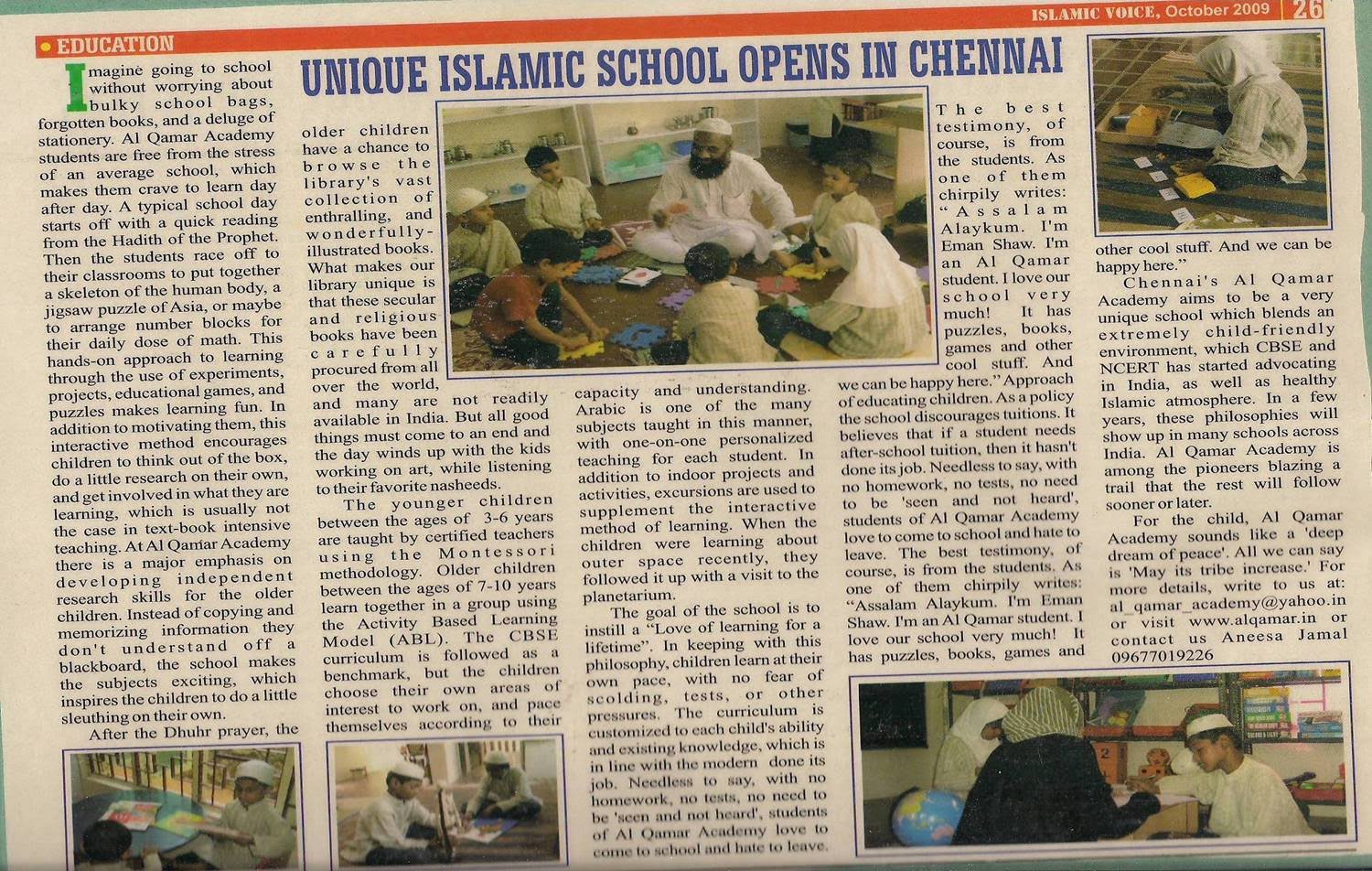We get a number of visitors to Suseum, the museum we had launched with the theme of sustainability.
A large number of visitors are school children.
Recently, we had a bunch of kids to Susuem from an interesting school – Al Qamar academy.
The children from the Al Qamar Academy, were, on average much better equipped all round that typical school children we see in India. They had a fairly good time here at Suseum.
Net Zero by Narsi
Insights and interactions on climate action by Narasimhan Santhanam, Director - EAI
View full playlistA week back, I got an invitation from the school admin to visit an Open Day they had a their school, where children would be displaying many of the projects they had undertaken. It was an opportunity too good to miss, so I went along
I spent an hour there, and must say was really impressed. What was impressive was not just the types of assignments children had taken up (for example, finding out if neem based toothpaste is better than just using neem sticks, for brushing), but also the structured manner in which they had attempted to do the research – every assignment had a clear problem statement and a detailed schematic of how it was solved. for instance. I found that many of these assignments had a structure and analysis that would have made a college student proud.
(By the way, even though children could have chosen any science project, almost 50% of the projects/assignments had to do with the sustainability theme)
It appears that both teachers and the kids’ families had a significant role in these assignments, but that should not take away the credits that the students still deserve for such an exemplary show.
You might wonder why I write about this school’s projects in a sustainability related blog. The reason is that, we at EAI are trying to figure out the best ways to introduce sustainability to children in a hands-on and practical way that educates them in a meaningful way about the key concepts in sustainability, renewable energy and clean technology.
The way the assignments at Al Qamar were done by students really was an eye-opener for me. I realized that if I could apply the same principles that Al Qamar applied, albeit in some magical way in a scalable manner, we could in fact have the solution I was looking for.
I will not pretend that I have the solution yet, but the following would be the components of such a solution, based on what I saw there and my discussion with the school principal:
- Have elements of Montessori approach in the education/teaching (more about the Montessori method from here and here)
- Make teaching enquiry-based instead of instruction based
- Involve parents in a significant way as stakeholders (and not just support providers) in hands-on school projects and assignments
We have an interesting workshop coming up next week, organized by our division for children’s sustainability education, Clixoo. Over 15 children will be participating in this hands-on sustainability workshop.
I plan to explore some ideas based on the learnings above during this workshop. Am really looking forward to, you could say!






 Our specialty focus areas include
Our specialty focus areas include

 ZEV India Partnership – Driving Truck Electrification through Collaboration
ZEV India Partnership – Driving Truck Electrification through Collaboration

